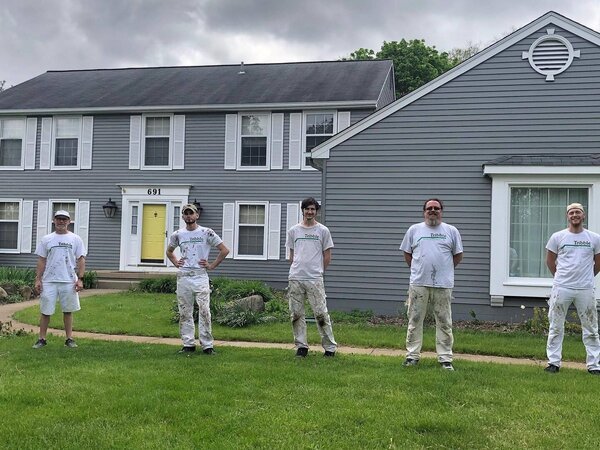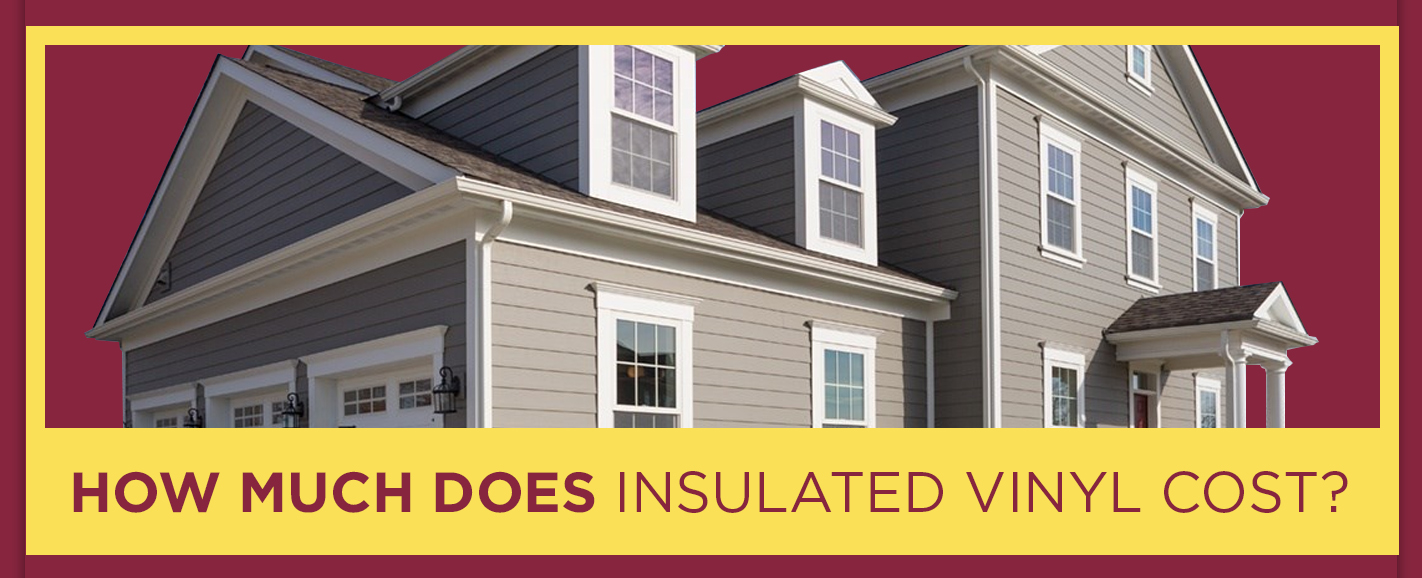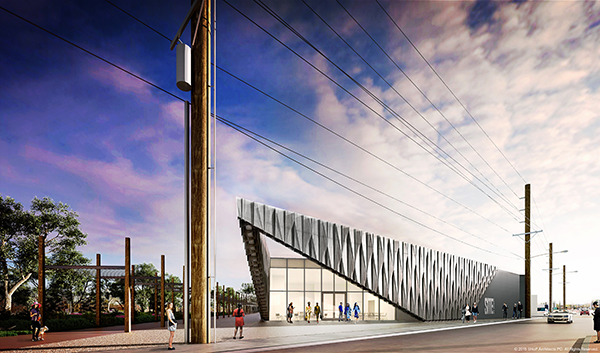
The front of a house is an important part of its exterior. It may seem obvious, but your front elevation plays a major role in how potential renters or buyers perceive your house. It is also critical for your home's market value. Here are some tips to consider when designing your house's front elevation.
First, let's not forget that the elevation of the house is the first thing people see when they come to your house. You will want your front door to be a perfect fit for your overall design. There are many colors and materials you can choose from. You can even choose to paint your front door in a bold or natural color. This will help create a welcoming and sophisticated look.
Another element to keep in mind when designing your house's elevation is your location. Consider factors like the weather in your local area. For areas where there is heavy rainfall, flat roofs may not work well. This will help determine the right type of design for you house. If you intend to live in an apartments building, you have the option to add a balcony. This will allow you to have more space outdoors.

Although there are many designs for your house's front, we recommend that you stick to a simple, classic design. This will improve your property's curb appeal. It is also a smart move to add a porch or terrace to your front yard. You will have somewhere to relax and unwind on hot days.
The windows are another important aspect of the front elevation. You can use any type of window, size or configuration you want. If you want, you may also include the latest in tiles work. It doesn't matter what colour you choose for your window frames. You can create a distinctive and elegant look.
Another way to enhance the front elevation of your home is to add stone cladding. This will give your exterior walls a natural look while protecting them. There are many options for stone cladding. Reddish brown panels of wood can also be used to enhance the beauty of your home's facade. This is especially important for homes with brick or clay exteriors.
For a more aesthetically pleasing exterior, you may also want to consider a compound walls design. This will protect your house and allow you to have a clear view of the entrance and the terrace. You can adjust the height of your compound wall.

Apart from the other factors, the floorplan is an important aspect of the front elevation design. You can choose between a two-story and a three-story house design. For large families, a three-story structure is more popular. A variety of single-story designs are also available. This is a great option for those looking for a cheap house that can be shared by several families.
FAQ
What are my considerations when purchasing a new house?
You need to ensure you have enough funds available to cover closing costs before you buy a home. You might consider refinancing your mortgage if you don't have enough money.
Can I renovate my whole house myself?
If you are able to do it yourself, why not pay someone else?
It doesn't really matter how much you love DIY. There will always be times when you just can't do it. There may be too many variables involved for you to control.
If you have an older home, for example, the wiring might be outdated. To ensure safety and reliability, you will need to hire an electrician.
Be aware that structural damage might be too costly for you to repair during the renovation.
In addition, you might not have the tools necessary to complete the job properly. You will need a special tool called the plumber's snake to clean clogged pipes if you plan to install a kitchen sink.
You must also follow plumbing codes to ensure that a licensed plumber is working on your project.
You must be confident in your abilities before you attempt such a difficult task.
If you are unsure if it is possible to do the job on your own, ask friends or family members who have worked on similar projects.
They can help you determine the right steps and where you can find out more.
Is it possible to live in a house that is being renovated?
Yes, I can live in a house while renovating it
Can you live in a house while renovations are going on? The length of construction takes will determine the answer. If the renovation lasts less then two months, then it is possible to live in your home while it is being constructed. You can't live there if your renovation project takes more than two months.
There are many reasons why you should not live at home during major construction projects. You might be hurt or even die from falling objects on the site. You could also suffer from noise pollution and dust caused by the heavy machinery used on the job site.
This is particularly true if you live on a multi-story home. The vibrations and sounds that construction workers create can cause damage to your property and contents.
As I mentioned before, while your home is being remodeled, you'll have to manage the inconveniences of living in temporary shelters. This means you won't be able to use all the amenities in your own home.
For example, you will not be able to use your washing machine and dryer while they are undergoing repair. In addition to the unpleasant smells of chemicals and paint fumes, you will have to endure the noises made by workers.
These factors can cause stress and anxiety in you and your family. Therefore, it is important to plan ahead in order not to feel overwhelmed by the situation.
When you decide to start renovating your home, it is best to do some research first so that you can avoid making costly mistakes along the way.
Also, it is a good idea to get professional help from a reputable contractor in order for everything to go smoothly.
What is the cost of renovating a house?
Renovations cost typically $5,000 to $50,000. Renovations typically cost homeowners between $10,000 and $20,000
Statistics
- A final payment of, say, 5% to 10% will be due when the space is livable and usable (your contract probably will say "substantial completion"). (kiplinger.com)
- The average fixed rate for a home-equity loan was recently 5.27%, and the average variable rate for a HELOC was 5.49%, according to Bankrate.com. (kiplinger.com)
- Design-builders may ask for a down payment of up to 25% or 33% of the job cost, says the NARI. (kiplinger.com)
- ‘The potential added value of a loft conversion, which could create an extra bedroom and ensuite, could be as much as 20 per cent and 15 per cent for a garage conversion.' (realhomes.com)
- They'll usually lend up to 90% of your home's "as-completed" value, but no more than $424,100 in most locales or $636,150 in high-cost areas. (kiplinger.com)
External Links
How To
How do I plan a whole-house remodel?
It takes careful planning and research to plan a complete house remodel. Before you even start your project there are many important things that you need to take into consideration. The first thing to do is decide what kind of home renovation you want. There are several categories you can choose from, such as bathroom, kitchen, bedroom, living area, and so on. Once you've decided on which category to work on you will need to calculate how much money is available for your project. If you don't have experience with working on houses, it's best to budget at minimum $5,000 per room. If you have some experience, then you might be able to get away with less than this amount.
After you have determined how much money you have available, you can decide how big of a project you would like to undertake. For example, if you only have enough money for a small kitchen remodel, you won't be able to add a new flooring surface, install a new countertop, or even paint the walls. On the other side, if your budget allows for a full renovation of your kitchen, you'll be able do just about any task.
Next, find a contractor that specializes in the project you are interested in. You'll get high-quality results and save yourself lots of headaches down the line. Once you have hired a contractor, gather materials and other supplies. Depending on the project's size, you may have to buy all of the materials from scratch. There are many stores that offer pre-made products so it shouldn't be difficult to find what you need.
Once you've collected all the materials you will need, you can begin to plan. First, you'll want to draw up a rough sketch of where you want to place furniture and appliances. Next, design the layout of your rooms. Remember to leave enough space for outlets and plumbing. Visitors will be able to easily reach the areas that are most frequently used near the front doors. You can finish your design by choosing colors and finishes. You can save money by using neutral colors and simple designs.
Once you have completed your plan, it is time to begin building. It's important that you check the codes in your area before you start construction. Some cities require permits. Others allow homeowners to build without permits. Before you can begin construction, remove any walls and floors. You will then lay plywood sheets to protect your new flooring. You will then attach or nail pieces of wood together to make the cabinet frame. Lastly, you'll attach doors and windows to the frame.
When you're done, you'll still have a few finishing touches to do. You might want to cover exposed pipes or wires. To do this, you'll use plastic sheeting and tape. It's also a good idea to hang mirrors and photos. Be sure to tidy up your work space at all costs.
These steps will ensure that you have a beautiful and functional home, which will save you tons of money. Now that you know how to plan a whole house remodeling project, you can go ahead and get started!